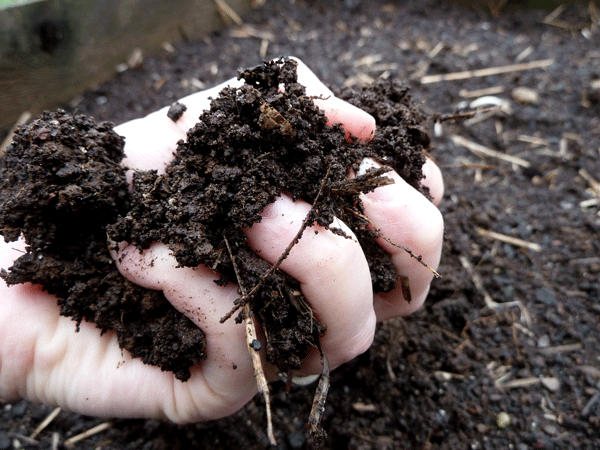 We moved back into our Portland homestead in December and who knows how the renters cared for the soil, if at all. The “structure” of the soil – that optimal mixture of sand, silt and clay – would probably be fine since it was perfect when we left. Soil with good structure will have a loamy texture and hold it’s shape when you squeeze it. I worried more about compaction of the soil and depletion of organic matter.
We moved back into our Portland homestead in December and who knows how the renters cared for the soil, if at all. The “structure” of the soil – that optimal mixture of sand, silt and clay – would probably be fine since it was perfect when we left. Soil with good structure will have a loamy texture and hold it’s shape when you squeeze it. I worried more about compaction of the soil and depletion of organic matter.
Organic matter is compost – the stuff that all those beneficial micro-organisms munch on. It’s their job to deliver nutrients to your vegetables, so it’s important to keep them fat and happy. That way there will be more of them and they will work even harder! Every season vegetables will deplete that organic matter, so it’s important to find a way to add it back in to keep the levels high.
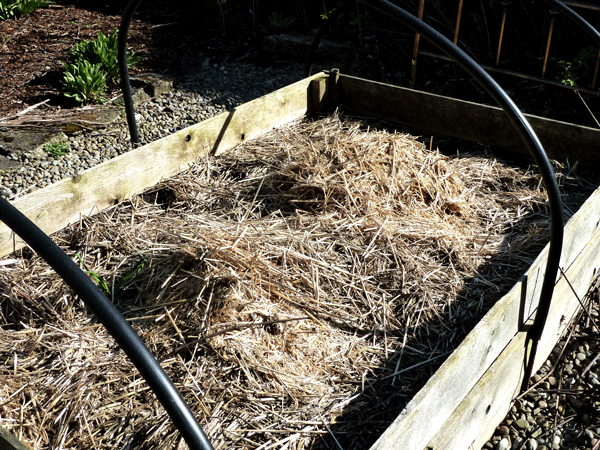 Compaction comes mainly from weather and time – rain pounds on the soil compacting it or things simply sink down over seasons. That makes it hard for the roots of plants to dig deep down. You end up with stubby carrots or plants that are less resilient to dry spells, since their roots can’t dig down to get more water.
Compaction comes mainly from weather and time – rain pounds on the soil compacting it or things simply sink down over seasons. That makes it hard for the roots of plants to dig deep down. You end up with stubby carrots or plants that are less resilient to dry spells, since their roots can’t dig down to get more water.
To help with compaction over winter, we covered the beds with used chicken and duck bedding, rich with nitrogen from their manure. I dug that into the soil this week to loosen things up, keeping the beds nice and fluffy. The bedding material is also mulch, helping to retain water within the soil.
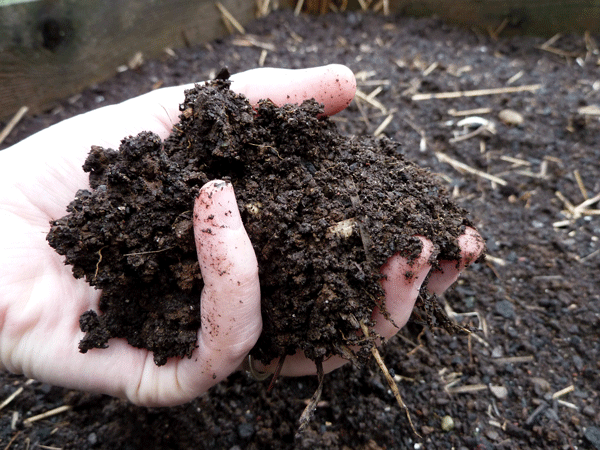 I was thrilled to discover that the previous tenants were adding compost to the soil. As I turned my pitchfork, the soil underneath the bedding was dark brown and nutrient-rich. The manure from the ducks and chickens basically added frosting to an already delicious cake. Can you make that analogy when talking about manure?? Eh.
I was thrilled to discover that the previous tenants were adding compost to the soil. As I turned my pitchfork, the soil underneath the bedding was dark brown and nutrient-rich. The manure from the ducks and chickens basically added frosting to an already delicious cake. Can you make that analogy when talking about manure?? Eh.
 Nothing makes me happier on an early spring day than seeing beds prepped and ready for planting. We are primed for perhaps one of the best garden seasons yet! I can’t wait to get planting.
Nothing makes me happier on an early spring day than seeing beds prepped and ready for planting. We are primed for perhaps one of the best garden seasons yet! I can’t wait to get planting.
Check out my earlier post on Making Good Garden Soil to learn all about ideal soil structure and building organic matter. While you’re at it, I am guest blogging over at HandPicked Nation over the next few weeks! Check that out for some of my most popular posts on keeping ducks, bees and planning the garden.
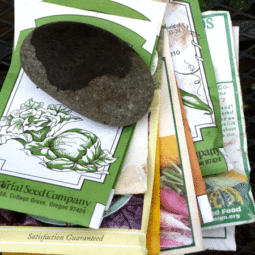
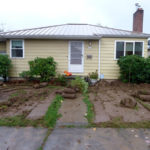
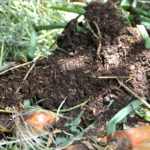
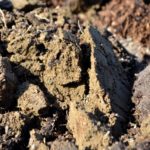
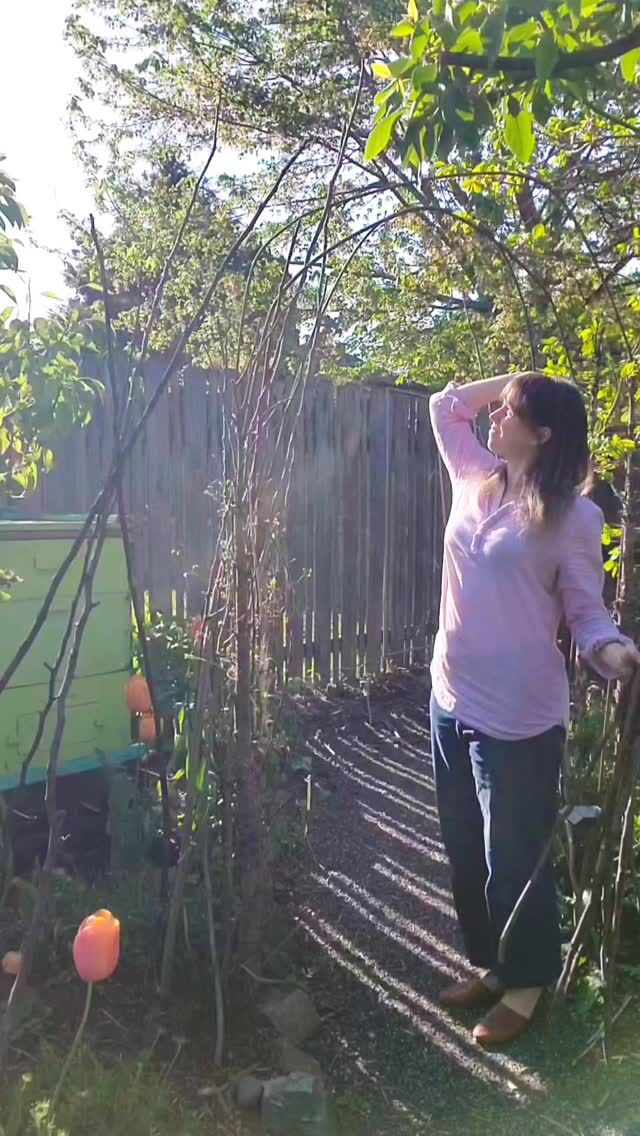
 I start with a
I start with a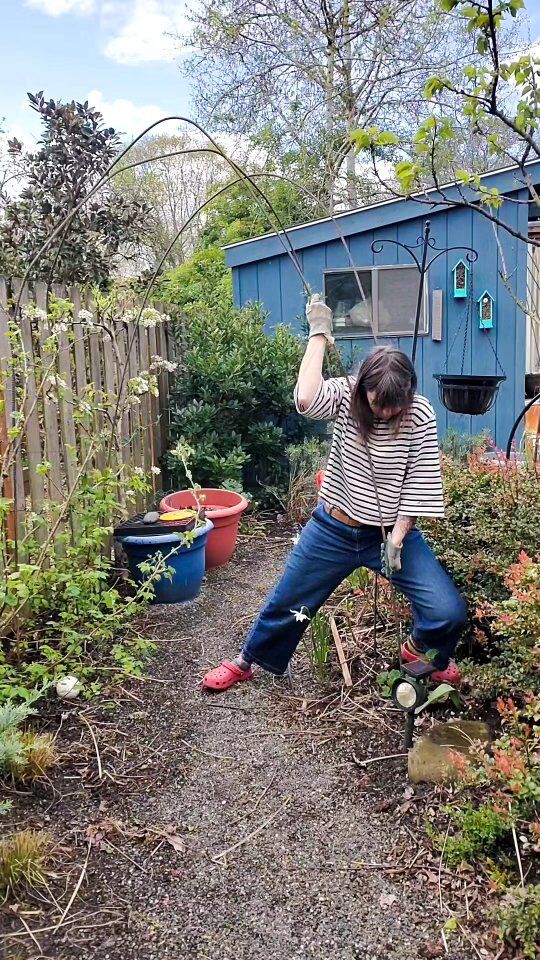
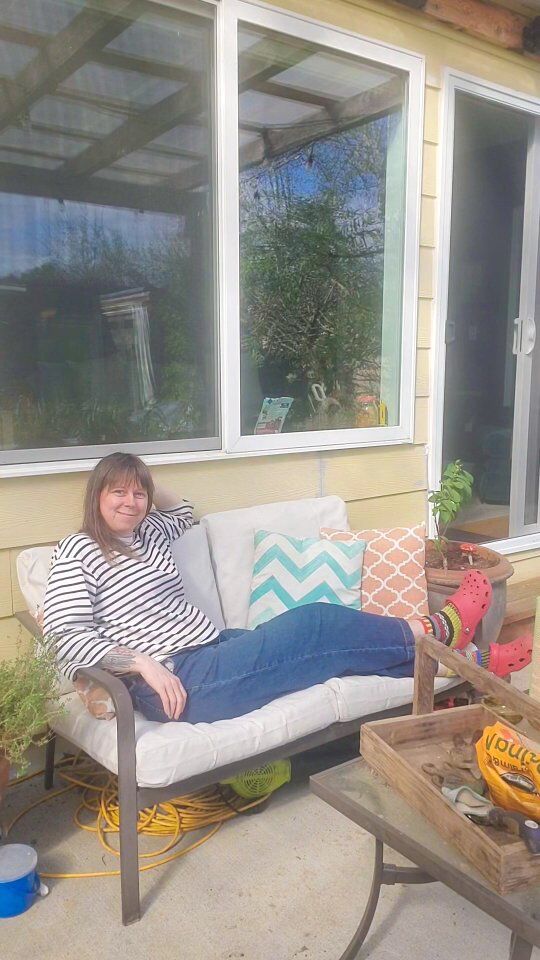
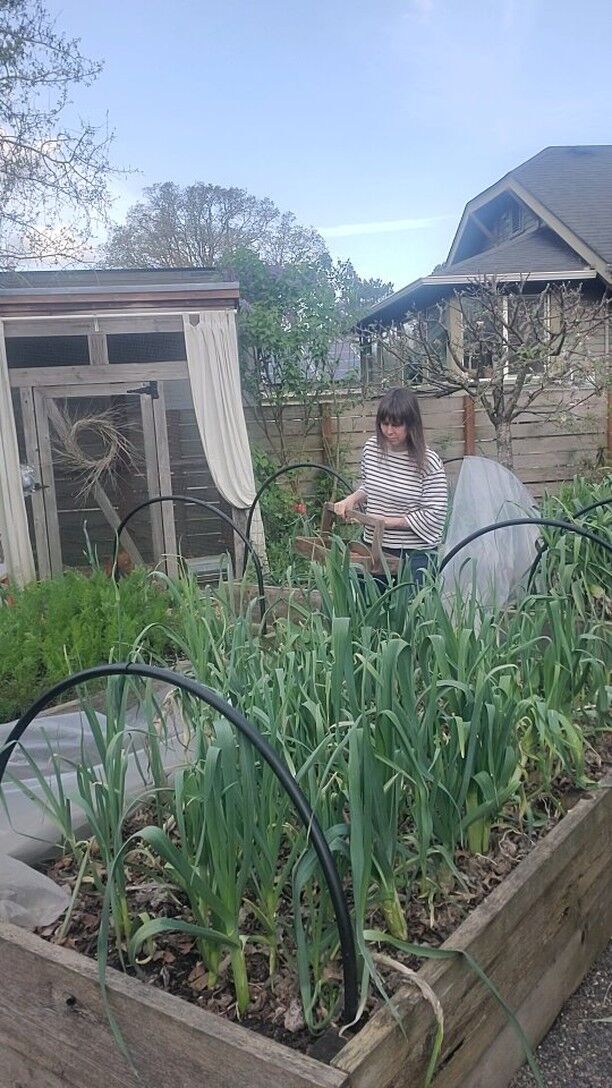
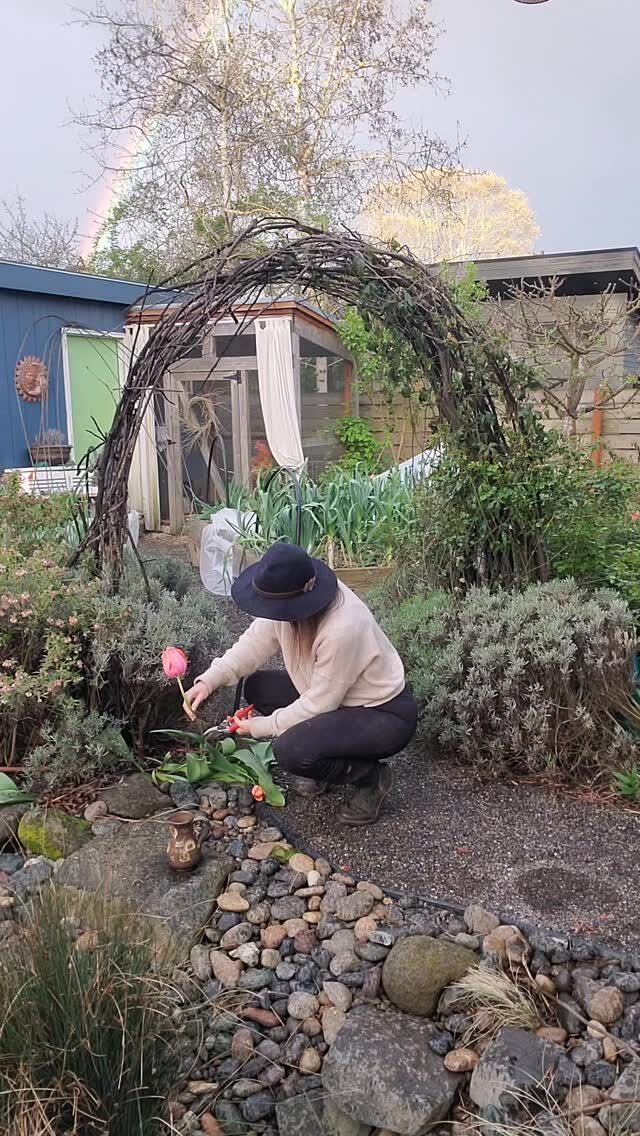
 There's a go
There's a go
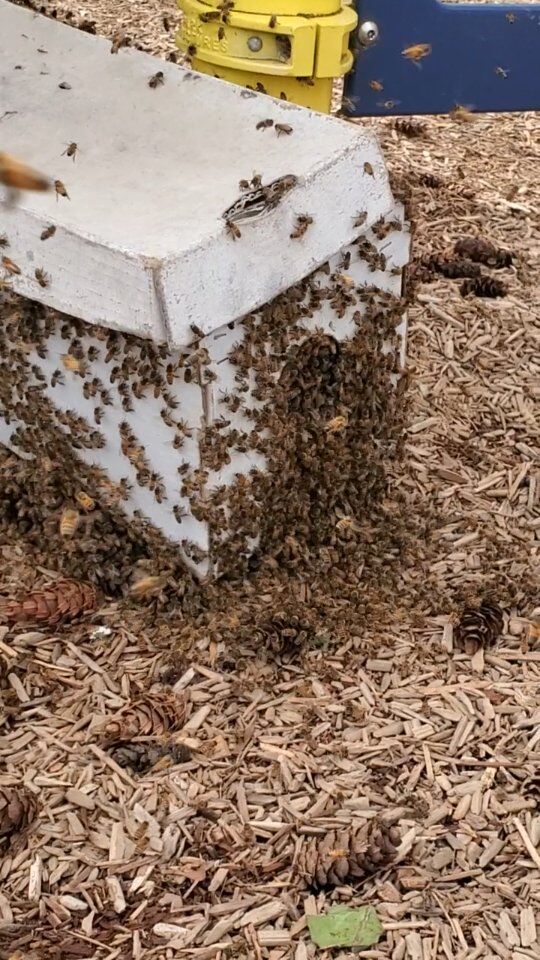
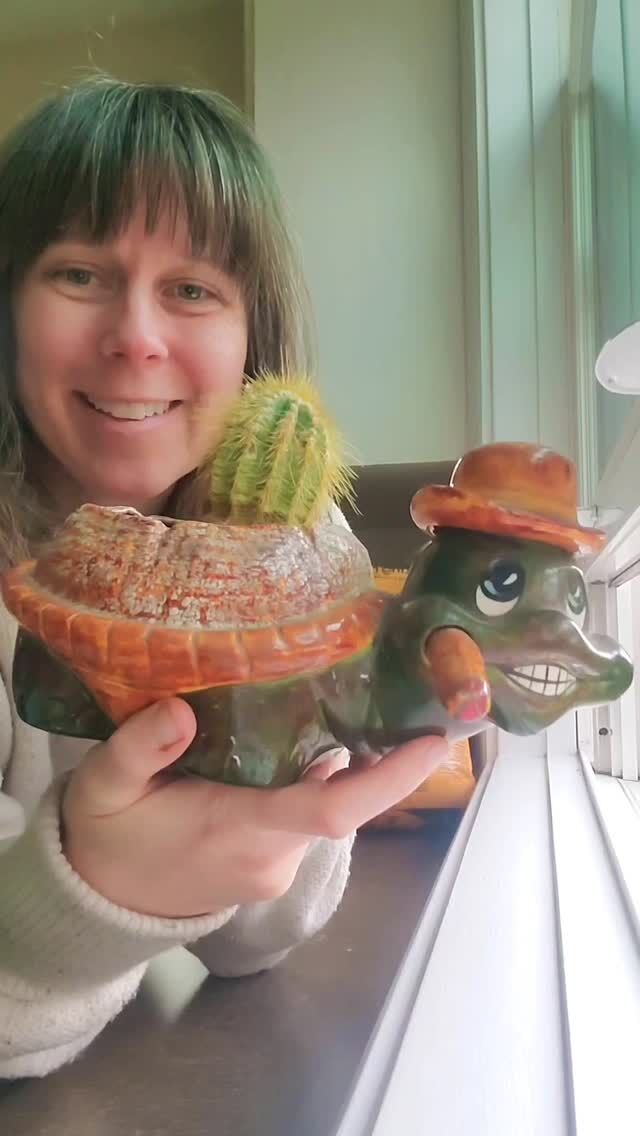
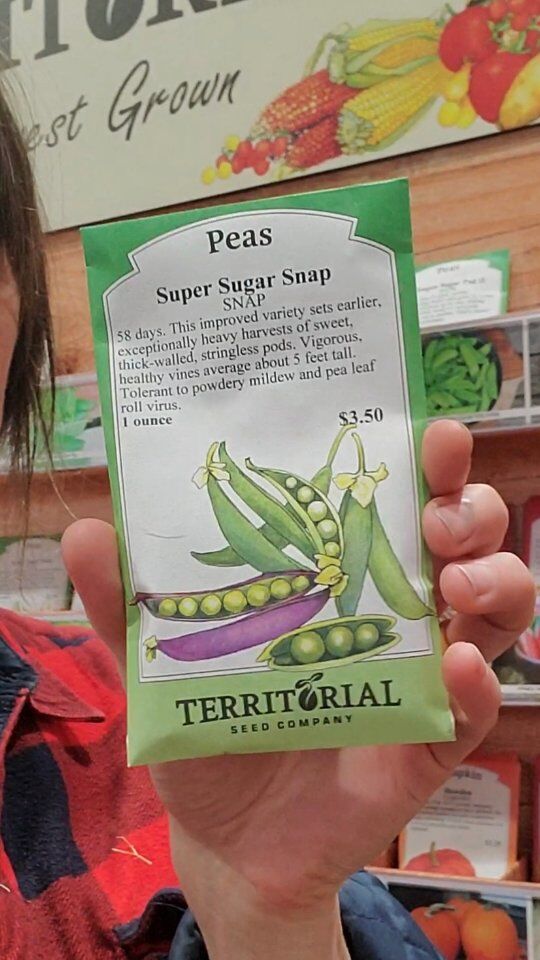
This is making me SO excited to start my planting! Yaaaaay!
Renee,
I have a bed that has lots of things drop on it (leaves and spent camellia flowers) and I need to make a cover like yours, just wondering how you attached the polypipe to the beds as I have similar raised beds to yours…
Thanks
Hannah
Hannah, I pounded in some rebar on either side of the raised beds, put pvc pipes over the tops to hoop over. Hope that helps!